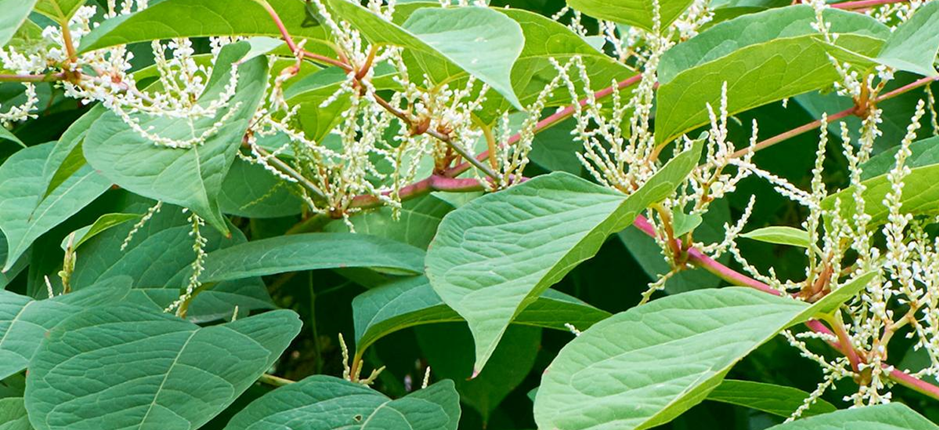Japanese Knotweed, an Invasive Species
Japanese Knotweed was brought into the UK in Victorian times as an ornamental plant. What the Victorians did not know at the time was that the plant has an invasive root system which can damage buildings, it can even grow through concrete. It is classified by the World Conservation Union as one of the world’s most invasive species.
It is something for you and your surveyor to consider when you are purchasing a property and is one of the questions asked of a property seller on the Law Society Property Information Form forming part of the National Conveyancing Protocol. All solicitors, property lawyers and conveyancers are acutely aware that existence of Japanese Knotweed is a red flag for all property purchasers, and it must be investigated.
Some homeowners may not be able to sell their property if Japanese Knotweed exists. They should look to have it investigated and professionally treated as soon as possible. Remedial work can be expensive and will usually need to be carried out by a Property Care Association (PCA) or Institute of Specialist Surveyors and Engineers(ISSE) registered firm who offer an insurance backed guarantee, most mortgage lenders will require at least a 10 year guarantee that is property specific and transferrable to subsequent property owners.
Mortgage Lenders will determine their own policy on lending on properties with the existence of Japanese Knotweed but most banks and building societies have restrictive lending policies regarding this matter.
In 2018 a claim was made against Network Rail following their failure to adequately treat Japanese Knotweed on their land. In a landmark ruling by the Court of Appeal Master of the Rolls Sir Terence Etherton said:
“Japanese knotweed, and its roots and rhizomes, does not merely carry the risk of future physical damage to buildings, structures and installations on the land… it can fairly be described as a natural hazard which affects landowners’ ability fully to use and enjoy their property,” and is a “classic example of an interference with the amenity value of the land.”
As a land and property owner you could therefore be held liable to your neighbours for the presence of Japanese Knotweed, even if the Japanese Knotweed has not yet spread to your neighbour’s property.
Our clients selling a property can approach us for free advice by telephone before they put the property on the market. We can then assist with enquiries raised by the purchaser’s conveyancer as the property sale progresses.
Our clients purchasing a property can be assured that we will fully investigate this issue as we do with any other enquiries that we make of the seller’s conveyancer. We can present the information to you, your surveyor and your mortgage lender so that an informed decision can be made on purchasing a property.
See the map to give you an indication of the spread of Japanese Knotweed throughout the UK.



